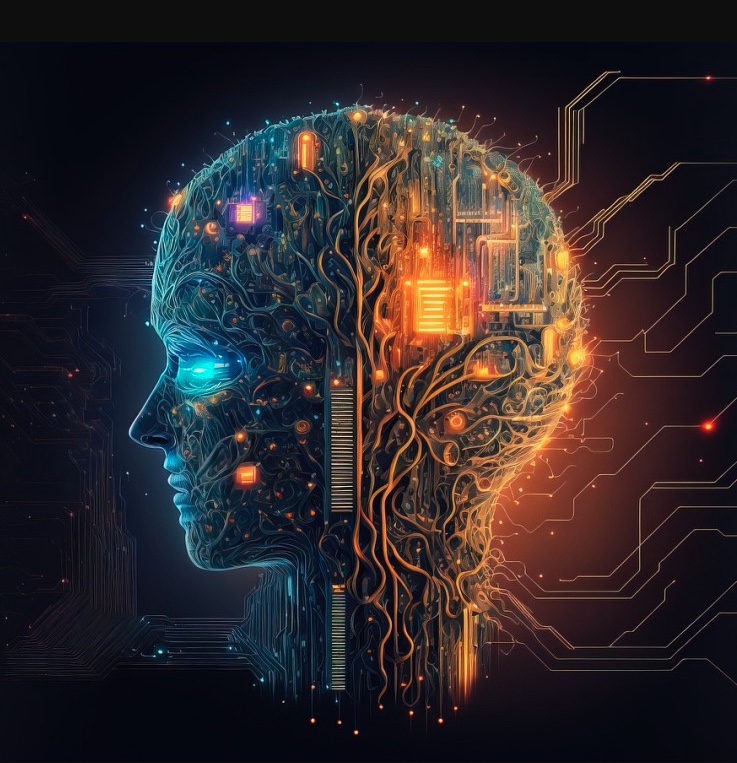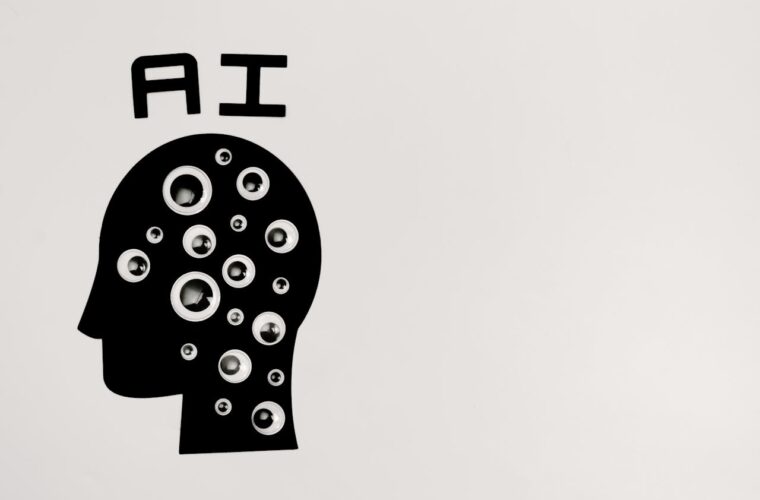IEEE: They will kill us, take over governments, maybe be the next Lionel Messi or Cristiano Ronaldo. There are many fears that underlie the development of next-generation robots, especially when they will be empowered by the coming artificial intelligence, Agi. Reason being international bodies are moving not only to regulate the dense and heterogeneous AI landscape but also that of humanoids.
Thinking about this is the IEEE’s Robotics & Automation Society, a robotics consortium in fact, which has announced the formation of a new study group that will examine the current humanoid landscape and then develop a roadmap for standards that various organizations can follow. Aaron Prather, director of robotics and autonomous systems programs at ASTM International will chair the study group, which is open to others from industry, academia, government agencies and other organizations.
IEEE study group has one year to provide analysis
The IEEE Robotics & Automation Society has given the study group one year to produce their results. They will need to focus on these issues: An analysis of the current landscape of standards that may or may not apply to humanoid robots. An example of this would be how much of the current ANSI/RIA R15.08 Safety for Industrial Mobile Robots applies to humanoids. Identify current gaps in the existing regulatory framework. This includes any gaps in topics ranging from safety to performance that need to be addressed. The group also plans to identify gaps in areas such as industrial use versus home use or service use.
Identify potential obstacles in addressing identified gaps. This could be due to a lack of information or that not enough research has been conducted, or that the technology is not yet in a state to justify developing a standard at this time. Develop a roadmap for future standards development that closes gaps and reduces potential barriers. The roadmap could also identify which ones are best suited to do the necessary work based on the goal of each standard.
Why develop humanoid standards now?
Interest in humanoid robots has exploded recently. From academics to industry, many people see these robots as the ideal form factor to address problems in a world designed around humans. Billions of dollars of public and private money are being invested in the segment but the lack of standards could slow development if not addressed quickly.

“In the past, organizations waited to develop a standard until the robot had reached the market,” Prather said. “However, humanoid robots are being developed so rapidly for both academic labs and for factory and warehouse uses, that we really don’t have time to wait for the proverbial robot feet to touch the floor. By bringing together key stakeholders from across the spectrum, we can not only identify the current landscape and where the critical issues and potential problems lie, but also create a roadmap on what to work on to reduce the time it takes to develop standards.” Prather also reported that he plans to hold the first virtual meeting of this study group in July.
There is no limit to the number of participants or how many people will be able to help produce the results. That said, the organization will give preference to those who have crucial knowledge of humanoids and the standards development process.
Big tech charts the path
It must be said that, as is often the case, what raises interest on the issue to most are always the moves of big tech. Moreover, it is worth mentioning Optimus, the humanoid robot that Tesla will install in its factories. It is still in development, but CEO Elon Musk believes it could be ready for sale by the end of 2025. During a conference call with investors, Musk said he expects Optimus to be able to perform factory tasks by the end of this year and then become a product for third-party customers in the following months. In February, Figure released a video of its 01 robot as it brews coffee, while in April Boston Dynamics unveiled an electric version of its Atlas humanoid, filmed as it demonstrates its new movement capabilities, impossible for any human.



